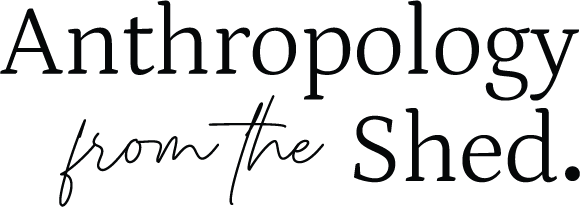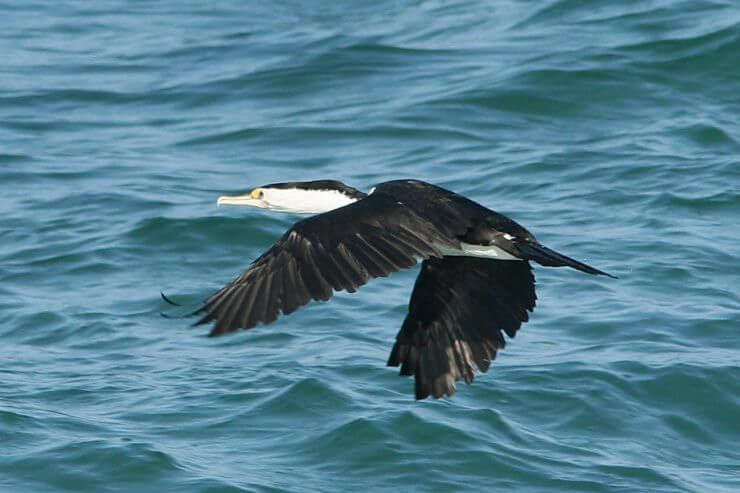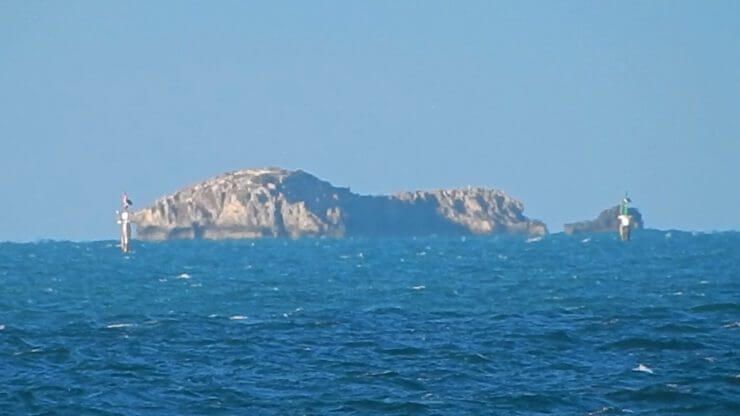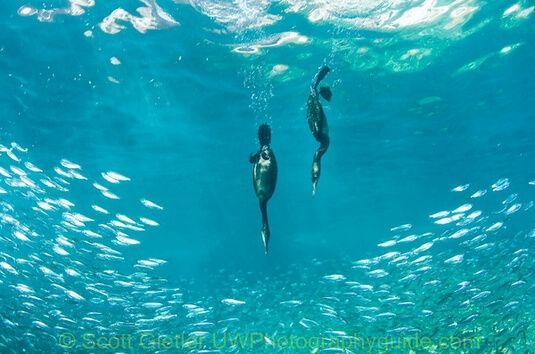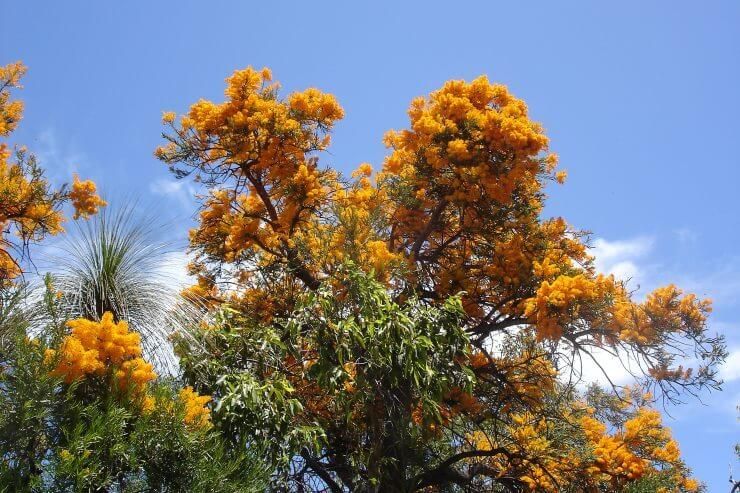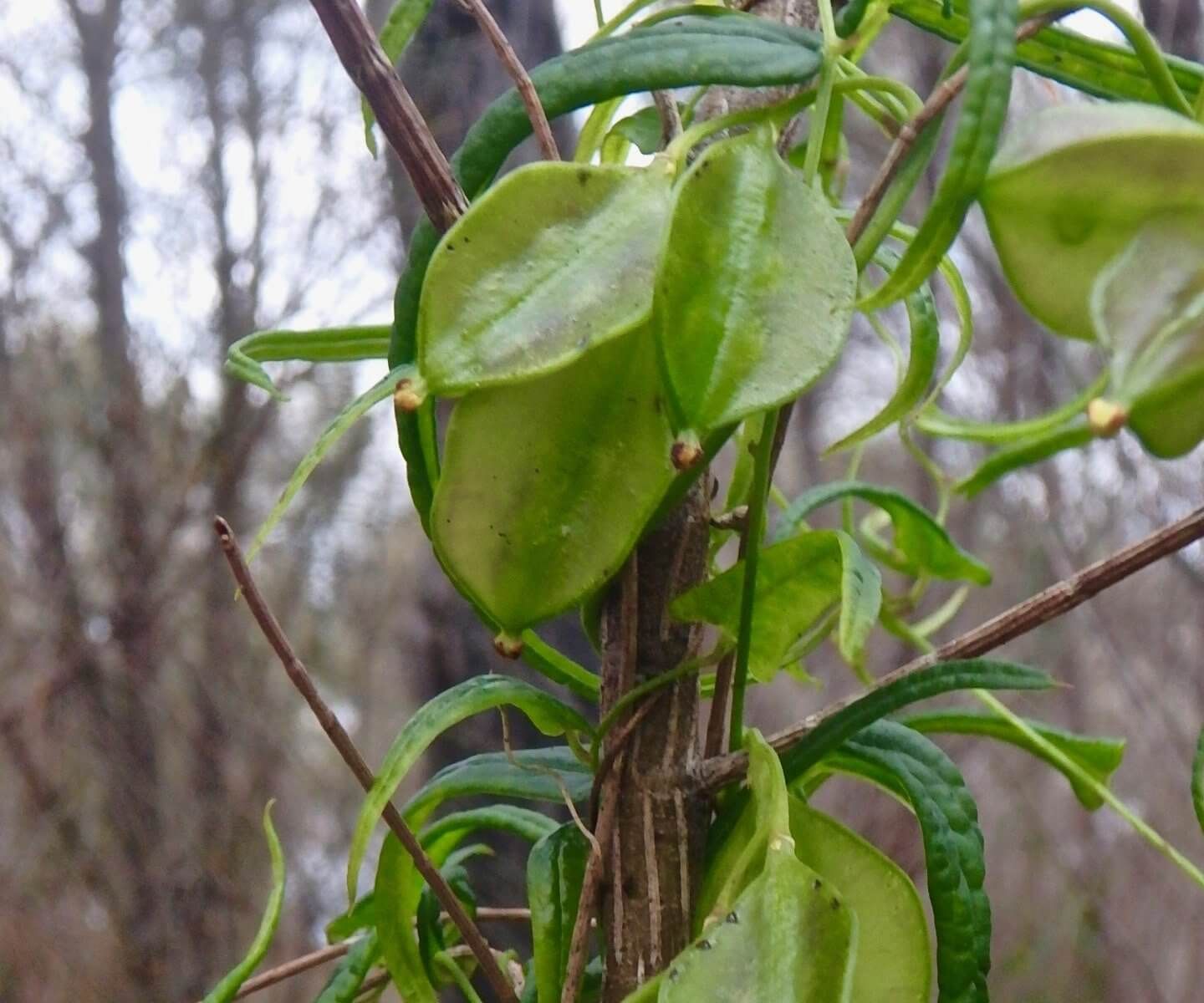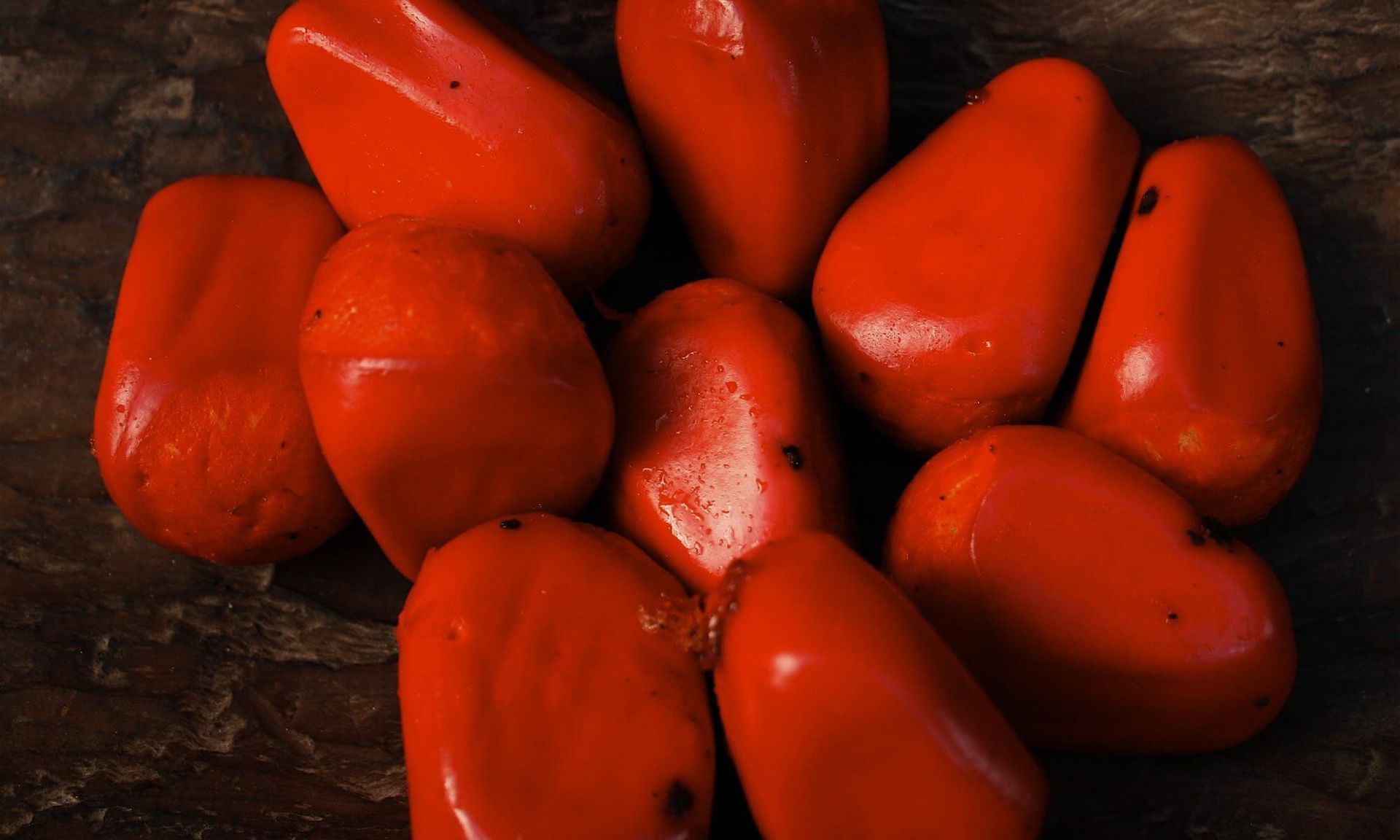The conveyor of souls: the Pied Cormorant
Prepared by Ken Macintyre and Barb Dobson
Research anthropologists
‘… in the Faroe Islands, Siberia, and among the Ipiutak of Alaska, for example, diving birds are thought to ferry spirits of the dead to the next world, situated under water rather than in the heavens.’ (Moreman 2014:8)
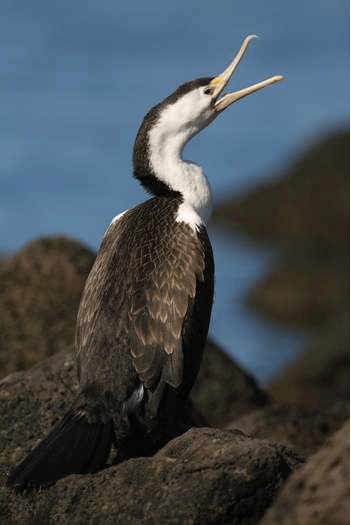
There seems to have been a misunderstanding in the recording of information about which particular bird in Nyungar mythology was the perceived agent for the conveyance of souls to Kurannup (the resting place of ancestral souls) said to be located across the western sea. In some contemporary reports (see the Western Australian Department of Aboriginal Affairs, site file ID 435, indigenous informant source Ken Colbung 1995) the Australian raven (Corvus coronoides) or “crow” as it is popularly known has been identified as the traditional means of transporting souls to the afterworld. The Australian raven is indeed an iconic totemic bird with mysterious and supernatural powers often attributed to it in traditional Nyungar culture but the transportation of human souls to the afterlife was not, as far as we could establish from the early ethnohistorical sources, one of its functions.
The story of medi – the Nyungar soul-bird – Pied Cormorant
The conveying and guiding of souls (kadjin or kaanya) of the deceased to their final resting place (Kurannup) across and beneath the Western sea was believed to be the responsibility of the sea-faring Pied Cormorant (Phalacrocorax varius). Its Nyungar name medi or meedee translates as ‘agent’ or ‘medium’ and possibly refers to its role as an intermediary between the world of the living and the afterlife. This iconic diving bird was perceived in metaphorical terms as the vehicle or psychopomp (deriving from the Greek psukhe, soul and pompos, conductor) ferrying the souls of the departed to the afterworld.
One early ethnohistorical account that alludes to the spiritual significance of this bird in relation to departed spirits is contained in the work of Mr Phillip Chauncy who was the Western Australian Government Assistant Surveyor from 1841-1853. He writes:
‘Before the arrival of a ship from Europe, the Swan River natives supposed that the spirits of the deceased passed into the cormorants which frequent the Mewstone, a granite rock some miles out in the sea opposite the mouth of the Swan River, called by them Gudu mitch, a compound of Gu-urt, the “heart,” and mit or mitch, the “medium” or “agent” – signifying that this island is the medium or agent by which the spirit of the departed one enters the body of a cormorant. Large flights of these birds used to pass up the estuary of the Swan every morning on fishing excursions, and return to the Mewstone in the evening, and the natives refrained from killing them lest thereby they should be slaying their ancestors. When, however, they saw ships coming from the same direction, and bringing white people, they called them Djenga, or ghosts, supposing them to be the re-embodiments of their progenitors who had come back to the land of their birth’ (Chauncy in Brough Smyth 1878: 269).
Chauncy’s (1878) interpretation of the term gudu mitch, referring to the name of the rock known as the Mewstone, is possibly only one part of the story. Moore (1842: 33) provides a deeper interpretation for the meaning of gudu mitch or what he calls gurdumit and translates as ‘the soul.’ He explains its derivation from gurdu, the heart and mid or midi, the agent. This interpretation possibly rests on a traditional belief that in the human body the heart was where the soul resided. So it is not hard to understand why ‘agent of the heart’ may translate as ‘the soul’.
The Nyungar name for the Pied Cormorant in the context of its psychopomp role was gurdumit or gudu mit – meaning the agent or carrier of souls. (The terms mit, mitch, medi and meedee signify agency). Chauncy’s (1878) explanation refers to the soul (kadjin) of the deceased entering the body of the cormorant. It seems a natural and safe means of transport to merge the human soul into the body of the ‘agent’ bird – or avian ferry – for the purpose of conveying the spirit across the sea to the ‘next world.’ The primary role of the psychopomp is to deliver the soul safely to its destination.
On referring to the large flocks of pied cormorants seen frequenting the Swan estuary every day before returning to their home roosts at the Mewstone, Chauncy (1878) points out that ‘the natives refrained from killing them lest thereby they should be slaying their ancestors.’ In light of the observation by local ornithologists Serventy and Whittell (1962: 110) that only the female of the species travelled up the Swan River to Perth Waters while the males stayed behind, rarely passing beyond Fremantle Harbour, this makes us wonder did traditional mythology even distinguish between male and female pied cormorants in their role as soul-carriers?
Chauncy (1878) sketches a vivid picture of the Mewstone not only being the nesting place of the soul-bearing cormorants but also as a way station on the journey of the soul across the western sea. According to Daisy Bates (in Bridge 1992) the track or beedi to the land of the dead was deep under the ocean. For this reason we would imagine that the cormorant was chosen not only for its ability to transport the departed souls across the sea but also to dive deep into the ocean to connect with the pathway to the land of the ancestors.
We found it a mystery as to how the kadjin or kaanya (soul of the recently departed) found its way to its coastal departure depot ready to cross over or under the western sea to Kurannup. When we asked some Elders about this, they simply stated that the spirit of the deceased after resting for some unspecified time on the branches of the moojar (that is, Nuytsia floribunda, WA Christmas tree, see Plate 5) was carried by the easterly winds or by the flowing waters of creeks and rivers to the sea.
Daisy Bates provides the following interpretation of the journey of the kaanya (spirit or soul):
‘The souls of all their forebears had rested on the spirit tree [Nutysia floribunda or “kaanya tree] on their way to Kurannup. A winding tribal road lay from their kalleep (home, ground) to the sea’s edge and all along the ground under the sea to a point on the Kurannup shore where the spirits of their people who had preceded them lived and dwelt under the same conditions as they had lived in their earthly kalleep, except that all their Kurannup people were white. Every kaanya that arrived on the Kurannup shore had his dark skin removed while he slept, and when he awakened he was white like all his Kurannup relations’ (Bates in Bridge 1992: 153).
In all early societies, including our own, long-standing beliefs and traditions were accepted without question. There is no doubt that the meedee with its extraordinary ability to fly long distances over the ocean and dive to great depths was the psychopomp that was believed to convey souls on their seaward journey to Kurannup.
ACKNOWLEDGEMENTS
We would like to thank Noongar Elders (past and present) from the Perth metropolitan area for their assistance over the years and their input into this work.
BIBILOGRAPHY
Bates, Daisy 1938 The Passing of the Aborigines: A Lifetime spent among the Natives of Australia. London: John Murray
Bates, Daisy 1992 Aboriginal Perth: Bibbulmun Biographies and Legends. Edited by Peter Bridge. Victoria Park: Hesperian Press.
Brough Smyth, R. 1878 The Aborigines of Victoria. 2 vols. Melbourne and London.
Moore, G.F. 1842 A Descriptive Vocabulary of the Language in Common Use Amongst the Aborigines of Western Australia. London: Orr.
Moreman, C.M. 2014 ‘On the Relationship between Birds and Spirits of the Dead.’ Society & Animals, (2014): 1-22.
Serventy, D.L. and Whittell, H.M. 1962 Birds of Western Australia. 3rd edition. Perth: Paterson Brokensha Pty Ltd.
PHOTOGRAPHIC ACKNOWLEDGEMENTS
Plate 1: Sea-faring Pied Cormorant (Phalacrocorax varius), photo courtesy of Georgina Steytler © http://www.wildandendangered.com.au/p159391830/h44a84c12#h50eba3ac
Plate 2: Sea-faring Pied Cormorant (photo courtesy of Glen Fergus, Sept 2007, Moreton Bay, Australia, Creative Commons in www.wikipedia.com)
Plate 3: dbach Mewstone Rock, 25th January 2017 https://www.youtube.com/watch?v=N3ucUSk5IC4
Plate 4: Two diving cormorants (photo by Scott Gietler) http://www.uwphotographyguide.com/photographing-behavior-underwater
